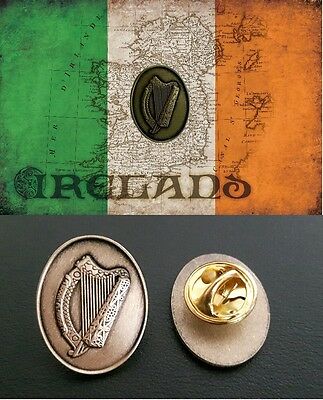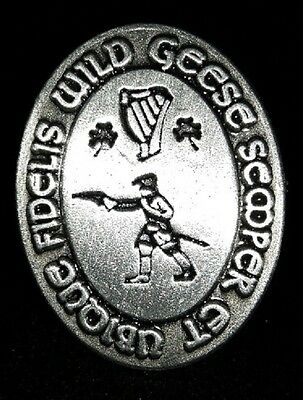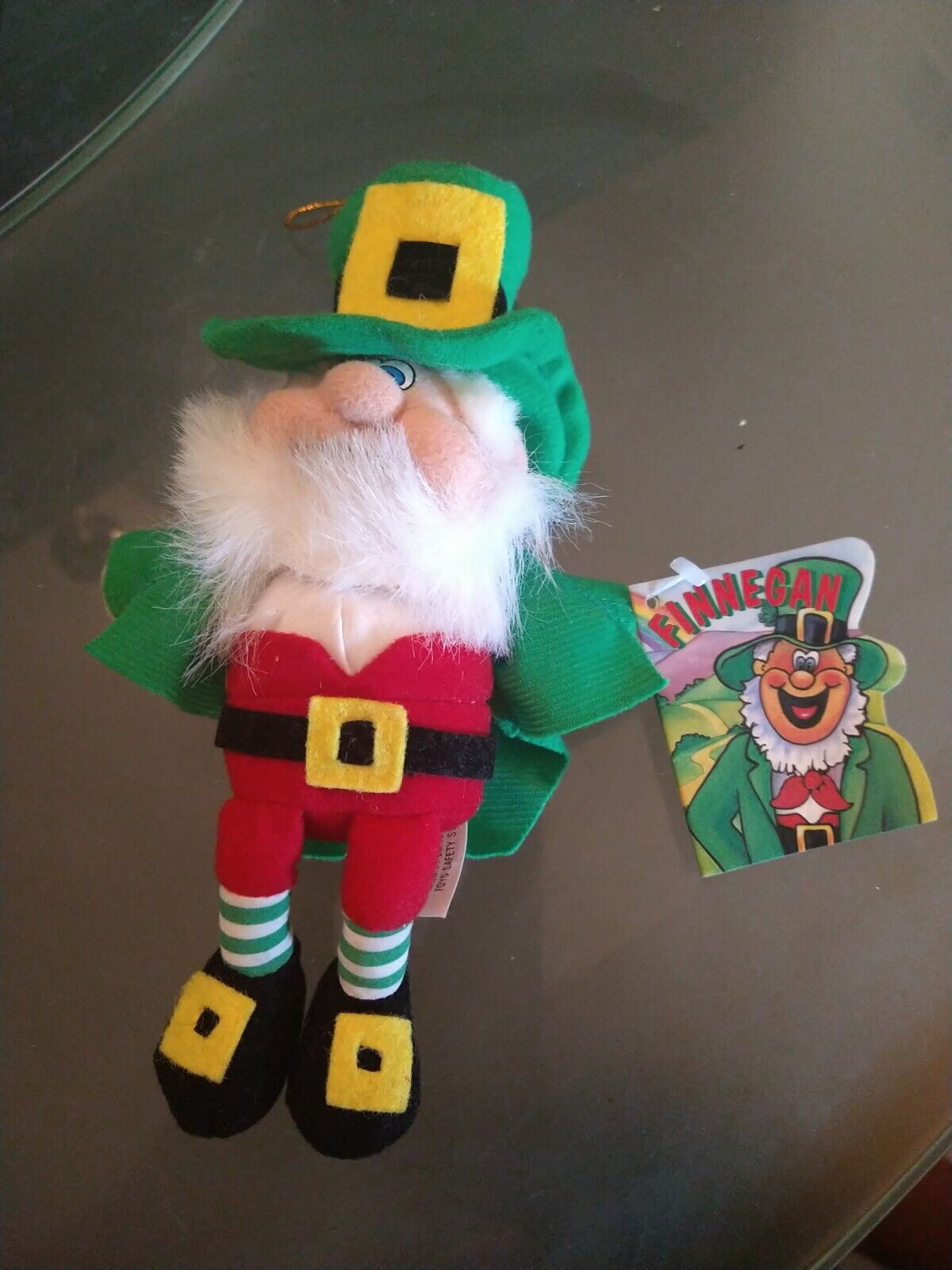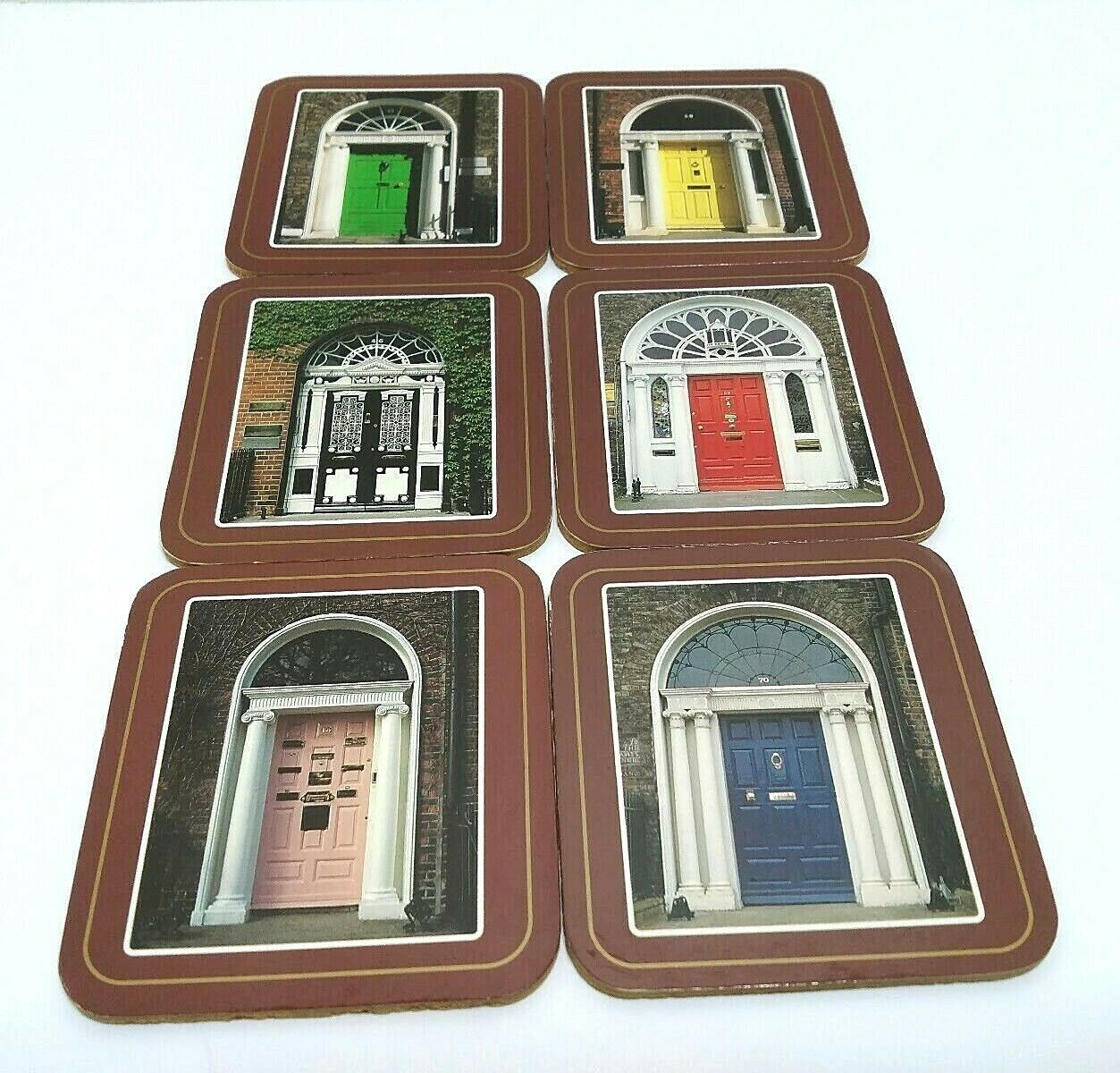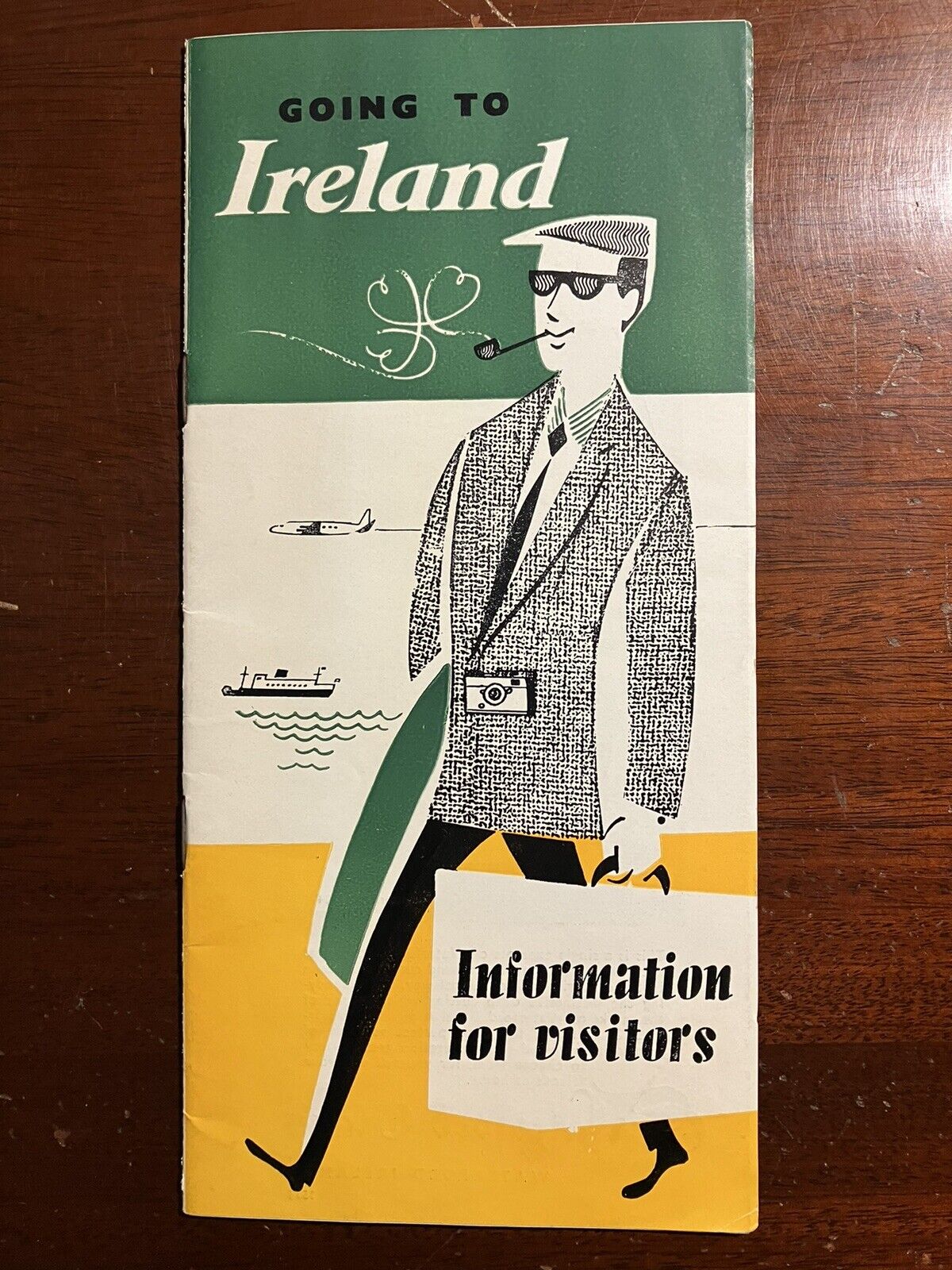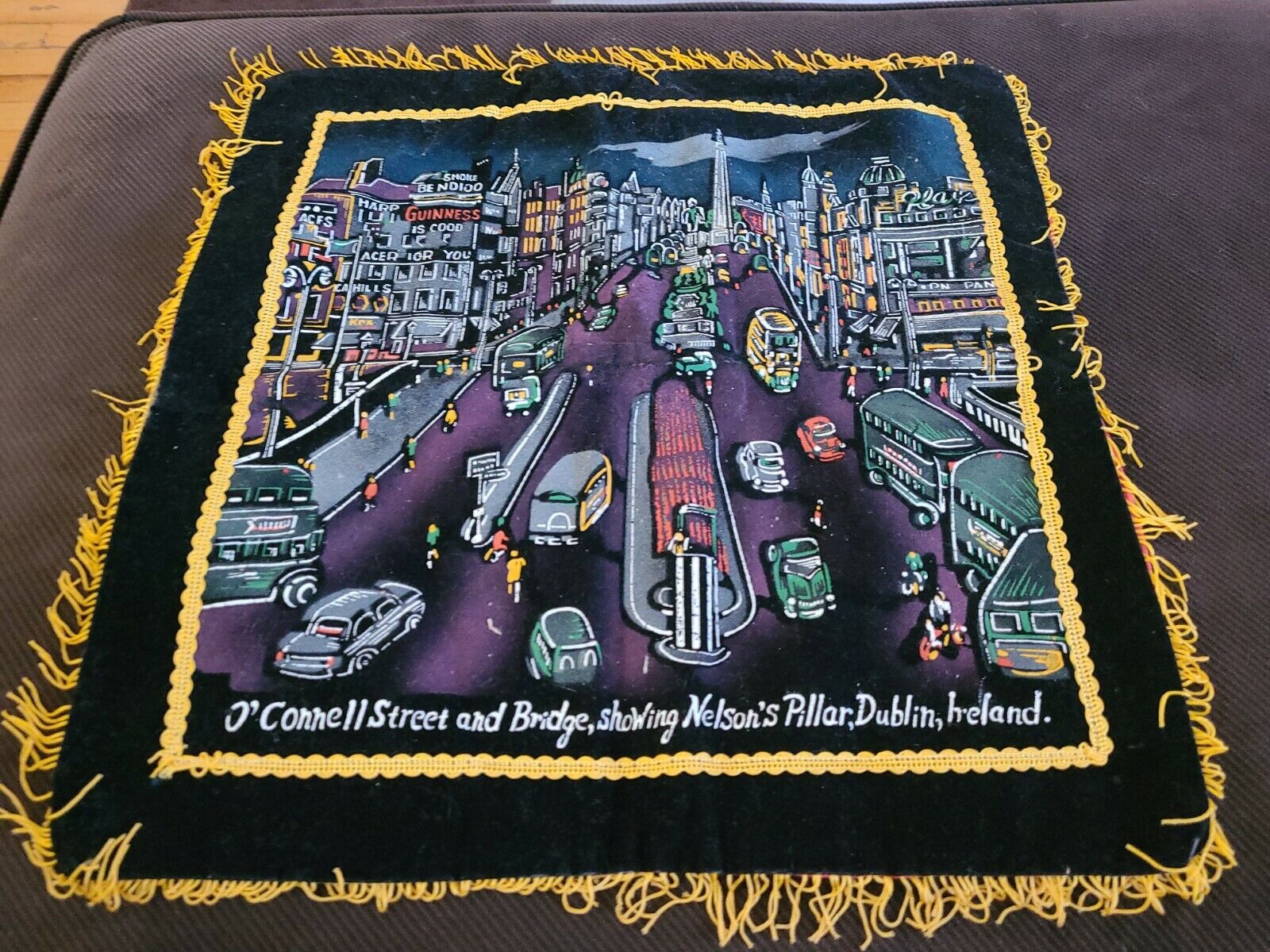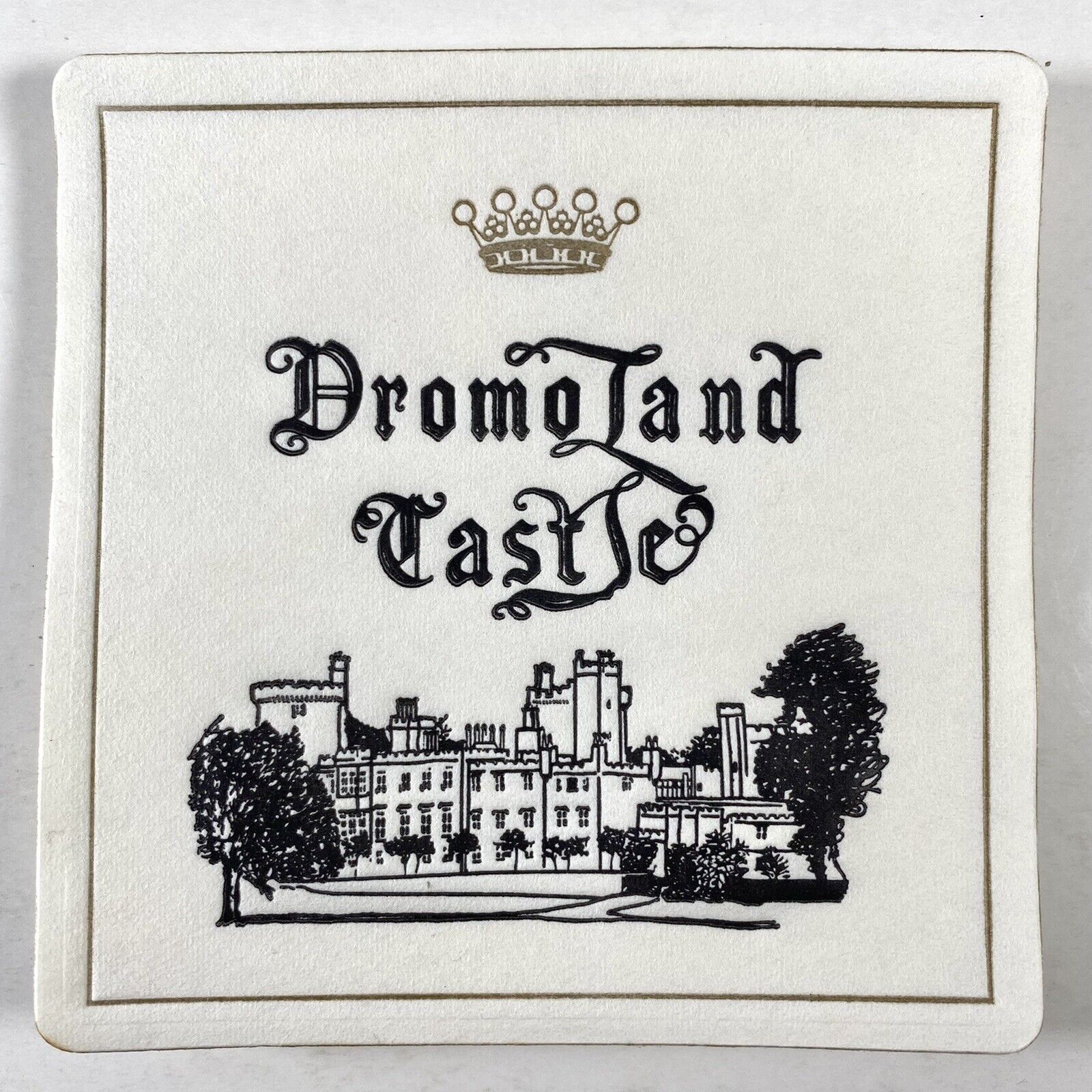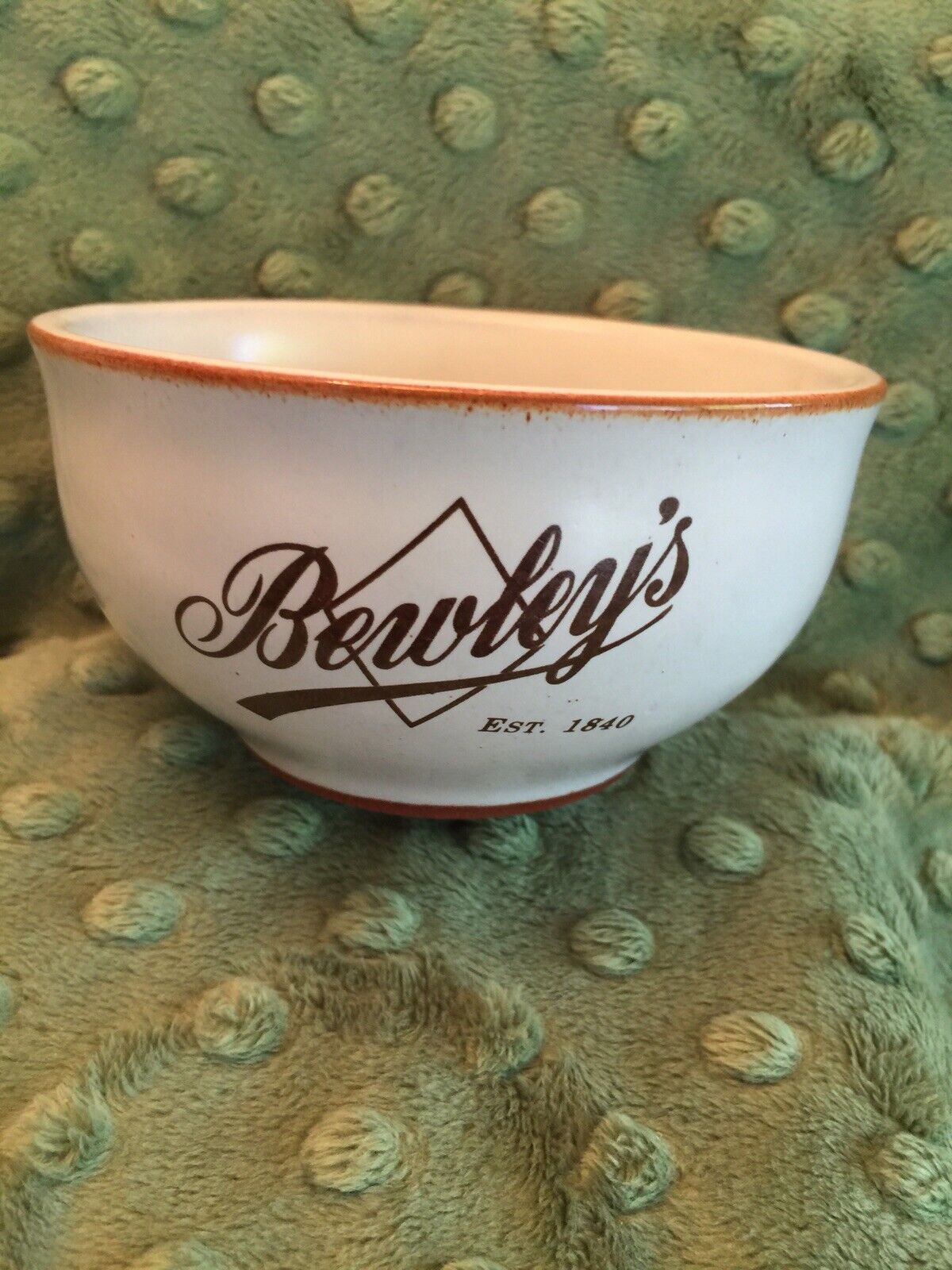-40%
NEW FUN SET OF 2:IRISH IRELAND SHAMROCK CLOVER BUMPER STICKER AUTO CAR EMBLEMS !
$ 2.6
- Description
- Size Guide
Description
☆NEW FUN SET OF 2:IRISH IRELAND SHAMROCK CLOVER BUMPER STICKER AUTO CAR EMBLEMS☆Set of 2: Clover Leaf Tail Light Emblems
TAIL LIGHT EMBLEMS / BUMPER STICKERS
Description :
Simply peel and press the backing off our transparent bumper sticker / tail light emblems. 2-1/2 inch diameter. Fits ALL cars, vans, boats, trailers and RVs!!!
Note: When applied, the pink in the 3rd picture applies as CLEAR.
SOME GENERAL INFO ABOUT IRELAND
Ireland
From Wikipedia, the free encyclopedia
Jump to navigationJump to search
This article is about the island in Europe. For the sovereign state of the same name, see Republic of Ireland. For the part of the United Kingdom, see Northern Ireland. For other uses, see Ireland (disambiguation).
‹ The template Infobox islands is being considered for merging. ›
Ireland
Éire (Irish)
Airlann (Ulster Scots)
Satellite image of Ireland
Satellite image, October 2010
Map of Ireland in Europe.svg
Location of Ireland (dark green)
in Europe (green & dark grey)
Geography
Location
Northwestern Europe
Coordinates
53°25′N 8°0′WCoordinates: 53°25′N 8°0′W
Adjacent bodies of water
Atlantic Ocean
Area
84,421 km2 (32,595 sq mi)[1]
Area rank
20th[2]
Coastline
6,226 km (3868.7 mi)[3][4]
Highest elevation
1,041 m (3415 ft)
Highest point
Carrauntoohil
Administration
Republic of Ireland
Largest city
Dublin (pop. 553,165)
United Kingdom
Country
Northern Ireland
Largest city
Belfast (pop. 333,000)
Demographics
Demonym
Irish
Population
6,572,728 (2016)[a][5]
Population rank
19th
Pop. density
77.8/km2 (201.5/sq mi)
Languages
English (Hiberno-English), Irish, Ulster Scots, Shelta
Ethnic groups
96.4% White
1.7% Asian
1.1% Black
0.8% Other[6][7]
Additional information
Time zone
Greenwich Mean Time (UTC)
• Summer (DST)
Irish Standard Time / British Summer Time (UTC+1)
Patron saints
Saint Patrick
Saint Brigid
Saint Columba
^ Including surrounding islands.
Ireland (/ˈaɪərlənd/ (About this soundlisten); Irish: Éire [ˈeːɾʲə] (About this soundlisten); Ulster-Scots: Airlann [ˈɑːrlən]) is an island in the North Atlantic. It is separated from Great Britain to its east by the North Channel, the Irish Sea, and St George's Channel. Ireland is the second-largest island of the British Isles, the third-largest in Europe, and the twentieth-largest on Earth.[8]
Geopolitically, Ireland is divided between the Republic of Ireland (officially named Ireland), which covers five-sixths of the island, and Northern Ireland, which is part of the United Kingdom. In 2011, the population of Ireland was about 6.6 million, ranking it the second-most populous island in Europe after Great Britain. As of 2016, 4.8 million live in the Republic of Ireland, and 1.8 million live in Northern Ireland.[5]
The geography of Ireland comprises relatively low-lying mountains surrounding a central plain, with several navigable rivers extending inland. Its lush vegetation is a product of its mild but changeable climate which is free of extremes in temperature. Much of Ireland was woodland until the end of the Middle Ages. Today, woodland makes up about 10% of the island, compared with a European average of over 33%,[9] and most of it is non-native conifer plantations.[10][11] There are twenty-six extant land mammal species native to Ireland.[12] The Irish climate is influenced by the Atlantic Ocean and thus very moderate,[13] and winters are milder than expected for such a northerly area, although summers are cooler than those in continental Europe. Rainfall and cloud cover are abundant.
The earliest evidence of human presence in Ireland is dated at 10,500 BC.[14] Gaelic Ireland had emerged by the 1st century AD. The island was Christianised from the 5th century onward. Following the 12th century Anglo-Norman invasion, England claimed sovereignty. However, English rule did not extend over the whole island until the 16th–17th century Tudor conquest, which led to colonisation by settlers from Britain. In the 1690s, a system of Protestant English rule was designed to materially disadvantage the Catholic majority and Protestant dissenters, and was extended during the 18th century. With the Acts of Union in 1801, Ireland became a part of the United Kingdom. A war of independence in the early 20th century was followed by the partition of the island, creating the Irish Free State, which became increasingly sovereign over the following decades, and Northern Ireland, which remained a part of the United Kingdom. Northern Ireland saw much civil unrest from the late 1960s until the 1990s. This subsided following a political agreement in 1998. In 1973 the Republic of Ireland joined the European Economic Community while the United Kingdom, and Northern Ireland, as part of it, did the same.
Irish culture has had a significant influence on other cultures, especially in the field of literature. Alongside mainstream Western culture, a strong indigenous culture exists, as expressed through Gaelic games, Irish music and the Irish language. The island's culture shares many features with that of Great Britain, including the English language, and sports such as association football, rugby, horse racing, and golf.
THANKS FOR LOOKING!



